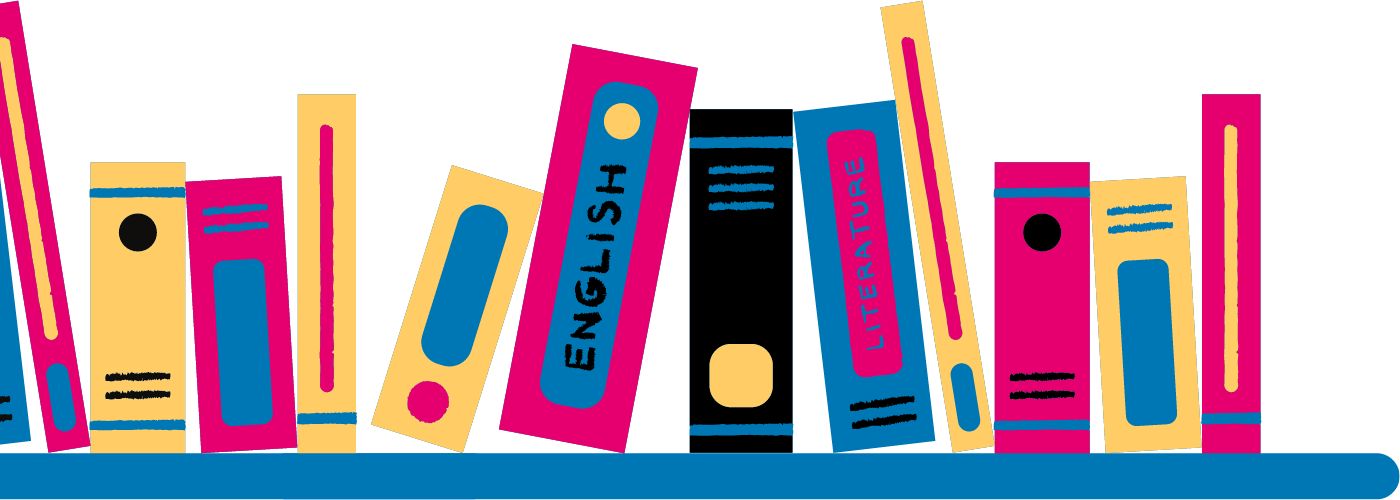Accessible Education in Canada
Updated: February 8, 2023
Accessibility in Ontario: How the AODA Impacts Web and Online Video [FREE eBook]
Education plays an extremely important role in a person’s mental, intellectual, social, and personal development. In many cases, education helps enable us to fully participate in and contribute to our communities.
Every person, regardless of whether they have any form of disability, deserves equal access to an education.
The Need for Accessible Education
A quarter of university students in Canada that graduated in 2021 reported having one or more disabilities. This figure speaks to how important it is that education be accessible to all students. But more than that, accessible education is a right. Under the Canadian Charter of Rights and Freedoms, each and every Canadian must be treated equally:
Every individual is equal before and under the law and has the right to the equal protection and equal benefit of the law without discrimination and, in particular, without discrimination based on race, national or ethnic origin, colour, religion, sex, age or mental or physical disability.
Accessible teaching means that the potential needs of a broad range of students are considered in the creation of a curriculum from the beginning, instead of determining and addressing necessary accommodations as they arise.
In most cases, however, courses aren’t designed to be accessible from the get-go, putting the onus on students to vocalize what they need in order to participate and be successful in their classes. This contributes to access fatigue, a type of exhaustion many in the disability community face from constantly having to explain their situation and ask for help.
A study by The Conversation found that more than half of its respondents experience access fatigue: 19% “always” experience it, 20% experience it at least once a week, and 23% experience it once or twice a month, totalling to over 60% of respondents.
It should not be up to every student who lives with a disability to be constantly advocating for their needs. Rather, an accessible education should optimize all types of learning regardless of a class’s makeup. An established way to achieve this is with Universal Design for Learning (UDL). UDL is a framework that gives all students a chance to succeed by providing many alternative methods of engaging, representing, expressing, and communicating learning.
The Charter of Rights, which became law in 1985, makes it clear that every individual in Canada is to be treated with the same respect, dignity, and consideration. This encompasses the disability community, and it’s the responsibility of law makers and community leaders to ensure that no individuals are marginalized or restricted access to the same educational opportunities as others in their communities.
The Universal Benefits of Accessible Education
Research shows that the way people learn is as unique as their fingerprints. Approaching a curriculum through UDL or an equally inclusive framework benefits all students, not only those who identify as having a disability.
The proof is in the data
A report released by the accessibility community at the University of South Florida St. Petersburg (USFSP) showed that 38% of students use interactive transcripts to help with information retention. Test scores increased by 3% for students who used closed captions and 8% for students who used interactive transcripts.
University of New South Wales (UNSW), a large state university in Sydney, Australia, executed a study and found that 98% of all students agreed that closed captioning is useful for their learning.
Another study that collected data from 2,124 students across the United States found that:
- 34.9% of students “always” or “often” use closed captions when available
- 64.7% of students who “”always”” or “”often”” have trouble maintaining focus stated that closed captions where either “very” or “extremely” helpful to them
- Only 1.4% noted that closed captions are not at all helpful to them
- 98.6% of respondents find captions helpful for their learning
- 75% of students that use captions use them as a learning aid
These statistics reveal how accessibility services allow all types of students to unlock their learning potential. Considering a range of learning styles before the first day of class not only mitigates access fatigue for students with disabilities, but also benefits everyone.
Learn about the AODA’s impact on web and online video
Canada’s Education Accessibility
Even though there are a significant number of students with disabilities across Canada, it’s not uncommon for them to face a variety of barriers that get in the way of their education.
Michelle Cousins is the mother of a teenage daughter named Colette, who has arthrogryposis, which causes joint stiffness and affects her mobility, among other conditions. Colette attended a Catholic high school in north Toronto in the fall of 2022.
Even though the school had Colette’s accommodation needs assessed the summer prior, “Cousins says she’s resorted to taking on the support role to give her daughter as normal of a high school experience as possible amidst bureaucratic and labour issues at play.” Cousins sat in her van near the school every day in case her daughter needed her help going to the washroom.
Assisting Colette in carrying out tasks like this is the responsibility of educational assistants, but Cousins felt her presence was the best way to maintain Colette’s dignity while the Toronto Catholic District School Board arrived at a better, long term solution.
At the time, there were only two educational assistants who could lift Colette out of her wheelchair when needed, with no guarantee of trained replacements in case of their absence. On top of that, the support equipment the school had was either inoperable or unable to fit in the washroom.
The Toronto Catholic District School Board says it works with parents and students case-by-case to accommodate needs in line with the Accessibility for Ontarians with Disabilities Act (AODA). Though the board claimed that Colette’s school has an elevator, an accessible washroom, alternative equipment, and support staff who are “available and assigned as needed” to help students with disabilities, Cousins refuted most of their claims.
David Lepofsky, the chair of the Accessibility for Ontarians with Disabilities Act Alliance, explained:
The bureaucracy handcuffs the teachers and principals and other staff who want to do the right thing. This is emblematic of a much bigger problem — a problem that the provincial government has known about for years.
Lepofsky is also a member of the K–12 Education Standards Development Committee in Ontario, which made recommendations for an accessibility standard in all publicly funded schools. The committee’s recommendations were guided by the AODA’s requirement that education will become accessible by 2025.
The report includes many suggestions for the Ontario Ministry of Education. It emphasizes that students with disabilities have equal rights and their “disabilities should not be described in terms discordant with their equality rights” like “student with special education needs.” Among other action items, the committee recommends that persons with disabilities be directly involved in designing and reviewing policies, programs, and curriculum.
In terms of digital access, the report suggests that boards and government ensure all digital resources are fully accessible to students and staff with disabilities and establish policies that consistently meet the digital and technology requirements to support the learning needs of students with disabilities. Because many teachers likely don’t know how to use adaptive technology and applications, the classroom teaching staff needs training when they have a student who requires assistance.
The report insists that “all learners, including students with disabilities, are ensured every opportunity to fully access and participate in meaningful, challenging learning opportunities and curriculum engagement. This includes the timely access, use and the benefits of curriculum materials, goods and services.”
The Ontario Ministry of Education stated that it’s working with the Ministry of Seniors and Accessibility to review the recommendations.
There is an urgent need for accessible education throughout Canada. While there is guidance in place under legislation like the AODA and the requirements of the CRTC, there is quite a long way to go before education in Canada is truly accessible to all students. Achieving this goal would result in a far more enriching and effective learning experience for countless students across the country.






